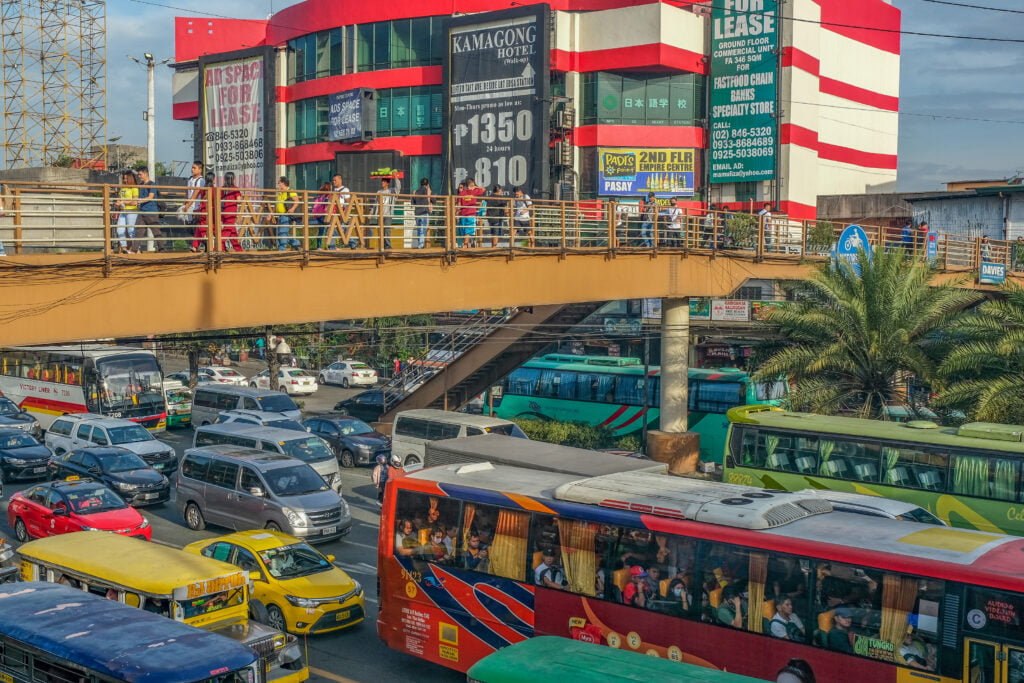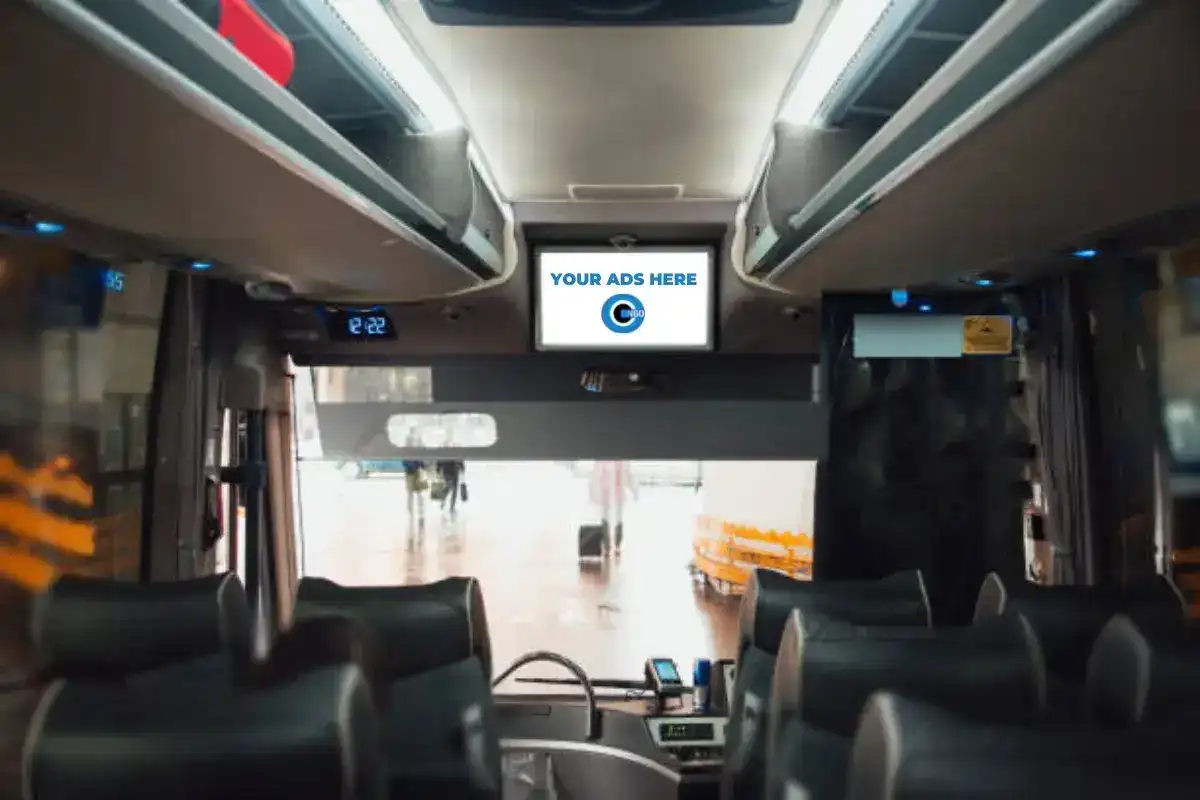Just How Transit Marketing Can Change Mass Transit Spaces Into Dynamic Advertising Operatings Systems
Transportation advertising and marketing holds significant capacity to redefine public transportation spaces into vibrant advertising and marketing systems that notify and engage. As we explore the multifaceted benefits and advancing approaches of transportation marketing, it increases the question of just how this makeover might redefine our communications with both brands and the urban setting.
Advantages of Transit Advertising

Additionally, transportation advertising is very cost-efficient compared to standard media. It allows advertisers to attain high perceptions at reduced costs, making best use of return on financial investment. The captive target market of travelers offers a possibility for brands to communicate their messages to people that are typically responsive throughout their travel times.
Moreover, the vibrant nature of transit marketing enables projects to be updated frequently, making sure that messaging continues to be relevant and timely. This flexibility can be important in replying to market trends or marketing events, maintaining the brand name top-of-mind for consumers. Lastly, the prevalent existence of transit advertising and marketing adds to brand recall; duplicated direct exposure within acquainted travel contexts strengthens brand awareness and cultivates consumer loyalty, inevitably improving and driving sales brand track record.
Sorts Of Transportation Advertising And Marketing
Mass transit systems give numerous formats for marketing, each providing to various advertising and marketing approaches and target market involvement approaches. One famous kind is outside bus and train wraps, which cover the entire vehicle and create a mobile signboard result, permitting high presence in metropolitan atmospheres. These wraps can capture attention as they traverse active roads, getting to a diverse audience.
Another preferred style is interior advertising and marketing, that includes posters, electronic displays, and ads on transportation seats. These placements engage travelers during their trip, strengthening brand name messaging in a restricted space. Digital displays, specifically, use the advantage of vibrant content, making it possible for advertisers to upgrade messages in real-time.
Station advertising is likewise significant, including posters, banners, and interactive booths within transit terminals. These ads take advantage of foot traffic and can target certain demographics based on place.
Last but not least, marketing collaborations with transportation authorities can bring about distinct projects, such as themed transit experiences or occasions, enhancing the general involvement with commuters. Each sort of transportation marketing supplies distinctive advantages, permitting brands to customize their strategy to efficiently reach their target market within the public transportation environment.
Involving Travelers Efficiently
Travelers are significantly inundated with marketing messages throughout their day-to-day travels, making it important for brands to engage them in ingenious means. To capture interest in this congested room, marketers must prioritize imagination and significance. Making use of attractive visuals and concise messaging can substantially improve the chance of involvement.
Interactive elements, such as QR codes or augmented reality functions, can likewise transform static ads into immersive experiences, promoting a deeper connection with the audience. Brands should concentrate on dealing with commuters' interests and needs, tailoring messages to resonate with their way of life, whether with promotions for local businesses or services designed to boost their travelling experience.
In addition, timing plays a critical duty; purposefully positioning ads during top commuting hours can optimize exposure and impact. Engaging travelers successfully also includes leveraging social networks assimilation, permitting guests to share their promotions or experiences straight from transportation platforms, thereby intensifying brand name reach.
Basically, effective involvement depends upon understanding the traveler journey and creating engaging, interactive, and appropriate advertising experiences that not just capture focus however also drive activity and loyalty. By doing so, brand names can transform mass transit right into a dynamic advertising and marketing platform that reverberates with its target market.

Measuring Advertising Influence
Exactly how can brand names precisely assess the performance of their ad campaign in transit settings? Determining the influence of transit advertising and marketing needs a multifaceted technique that combines measurable and qualitative metrics. One common approach is tracking engagement via mobile analytics, where brands can examine foot traffic patterns and app communications before, throughout, and after projects.
Surveys can give important understandings right into brand recall and customer view, allowing brand names to determine how well their messages reverberate with travelers. Additionally, keeping an eye on social media interaction pertaining to specific campaigns can go to this website expose changes in public perception and brand conversation.

Furthermore, collaborating with transit companies can improve measurement accuracy, as they frequently possess in-depth market information on ridership patterns. By incorporating these methods, brand names can establish a detailed understanding of their marketing efficiency, making sure that their campaigns not only reach but also influence their target audiences effectively.
Future Trends en route Advertising And Marketing
A substantial change is expected in transit advertising as technical innovations and altering consumer behaviors improve the landscape. Transit Advertising Philippines. The combination of digital displays and multimedias is expected to boost interaction, allowing brand names to provide dynamic web content that reverberates with diverse target markets. As public transport systems embrace clever innovation, advertisers will certainly take advantage of real-time data analytics to customize messages based on guest demographics and habits
Moreover, boosted truth (AR) is positioned to reinvent the way travelers communicate with advertisements. By supplying immersive experiences, AR can transform an ordinary journey right into an engaging story that captures interest and fosters brand name loyalty. This advancement will likely encourage marketers to create more experiential projects that drive consumer communication.
Sustainability is another important trend affecting transportation marketing. As ecological consciousness expands, brand names will increasingly look for to straighten with environment-friendly practices, using lasting products and promoting eco-friendly campaigns within their campaigns.
Final Thought
In final thought, transit marketing provides considerable advantages by enhancing brand visibility and involving a restricted target market. As patterns progress, the capacity for ingenious interactions between brand names and travelers is poised to grow, ensuring that transit advertising and marketing continues to be a crucial element of contemporary advertising techniques.
Transit advertising and marketing holds substantial possibility to redefine public transport areas into vivid advertising and marketing platforms that notify and engage. The pervasive visibility of transportation advertising adds to brand name recall; repeated direct exposure within acquainted travel contexts reinforces brand name awareness and cultivates customer loyalty, ultimately driving sales and boosting brand credibility.
Just how can brand names accurately analyze the efficiency of their advertising projects in transit settings?In final thought, transit advertising and marketing provides substantial benefits by enhancing brand name visibility and involving a captive target market. Transit Advertising Philippines. these details As patterns advance, the capacity for cutting-edge interactions in between commuters and brand names is poised to expand, ensuring that transportation advertising stays a vital part of modern advertising and marketing techniques